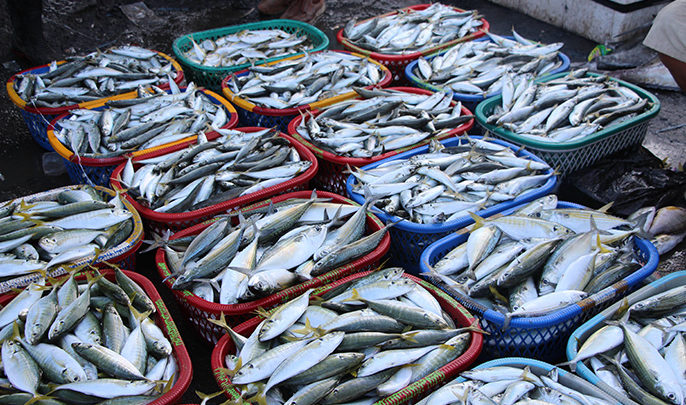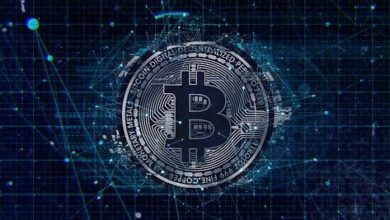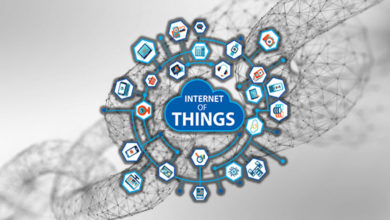Technology
Fighting Overfishing and Waste with Blockchain
A use case of blockchain's application in the seafood industry

The seafood industry has an enormous global footprint but is one of the most unregulated industries on earth. To crackdown on unsustainable supply chains, several blockchain initiatives are developing seafood tracking solutions.
If you have ever wondered where your fish, shrimps and crab meat come from, you are not alone. The seafood industry is incredibly intransparent, and in many cases, it’s almost impossible to tell where products come from and how they have been sourced.
Whether or not you like seafood, the lack of transparency is an issue. Seafood is an enormous industry with a significant global footprint. 12% of global livelihoods depend on seafood. That means 1 out of 10 people in the world derive their income from seafood or aquaculture. The entire industry is worth around US$ 500 billion, including US$ 150 billion in annual export value. Today, people are eating more seafood than ever. In the past 50 years, global per capita consumption has nearly doubled.
Lack of regulation and control result in overfishing and waste
Although seafood is of such importance in the world, the industry remains under-regulated. 90% of seafood consumed in the U.S. is imported, but government officials inspect less than 1% of the import volume. 20% of consumer seafood is mislabeled and depending on the specific product, this rate can be as high as 86%.
As a result of the lack of control and regulation, the industry is vastly unsustainable. More than 50% of seafood is thrown away every year and illegal fishing accounts for 700 KG of seafood every second.
The impact on the environment is tremendous: Today, 89% of global wild fish stock is overfished. That’s why governments have started to crack down on illegal seafood production. Since 2018, the U.S. Seafood Import Monitoring Program has blocked 15 species groups from import into the U.S. without traceability back to the boat.
Blockchain can provide traceability and transparency
“Traceability back to the boat” is challenging, as it needs constant monitoring to ensure records are not being manipulated. Through blockchain technology, an end-to-end supply chain monitoring system could provide full transparency and traceability.
One such tracking solution is currently being developed by the blockchain venture studio ConsenSys, information and communications technology (ICT) implementer TraSeable, processing company Sea Quest Fiji Ltd., and WWF-New Zealand, WWF-Australia, and WWF-Fiji.
Through a combination of radio-frequency identification (RFID) and QR codes, a tracking system can capture information throughout the supply chain. The RFID tag will be affixed when the fish comes on board of the boat and will register automatically at various devices positioned on the vessel, at the dock, and in the processing facility. As the product leaves the processing facility, the manufacturer will attach a QR code.
Costumers could then scan this QR code on the product packaging and access a database via a smartphone app that tells the entire story of the fish they intend to buy: where and when the fish was caught, by which vessel and through which fishing method. As a result, consumers will have increased certainty that their products have been farmed legally and sustainably, and pressure on corporations to comply with regulations will increase.
Another project is Fishcoin, which has created a decentralized peer-to-peer network, including a token that moves from buyers to sellers in the supply chain, rewarding those participants that capture and communicate data. This system intends to shift the economic burden to downstream actors like hotels or restaurants, who benefit most from traceability, as their customers increasingly demand it.
This month, IBM launched a collaboration with Raw Seafoods to create a blockchain solution to tackle three critical issues in the seafood supply chain: transparency, fraud and sustainability. They want to give consumers trust by “bringing an end to not knowing what’s really on your dinner plate.”
Last week, we covered how Topco will use Envisible’s traceability platform called Wholechain, which is built using Mastercard’s Provenance Solution. Their goal is to “test and track the sources and “environment compliance” of fish and seafood sold at its stores.”
By leveraging blockchain, these initiatives are helping customers and businesses understand precisely where their seafood is coming from, and are removing illegal practices from the market.





With havin so much written content do you ever run into any problems of plagorism or copyright infringement? My blog has a lot of completely unique content I’ve either created myself or outsourced but it appears a lot of it is popping it up all over the internet without my agreement. Do you know any solutions to help reduce content from being ripped off? I’d genuinely appreciate it.
My brother recommended I would possibly like this blog. He was once entirely right. This publish truly made my day. You can not imagine just how so much time I had spent for this info! Thank you! Maye Rudolfo Ankney
my credit scoring highest credit score check your credit rating free online credit report
Thank you, my friend. I appreciate that. Long time no see, by the way! That’s my bad, of course. My job has encroached on so much of my time lately.